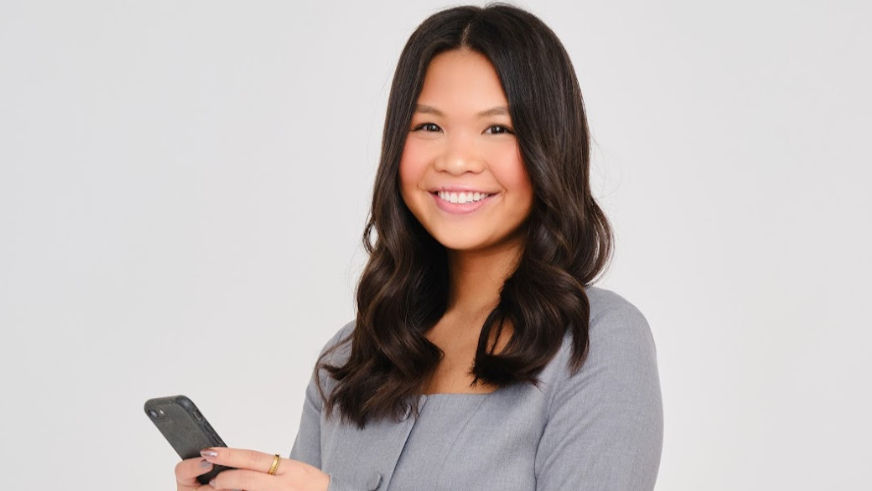Top Branding Pivots
- Mary Callahan

- Oct 3
- 3 min read

In today’s fast-moving culture, staying relevant isn’t just about having a great product—it’s about knowing when and how to evolve your brand. For millennials, especially, who value authenticity, inclusivity, and innovation, the brands that stand out are the ones willing to rethink their identity. Here are a few contemporary success stories of companies that pulled off powerful branding pivots, earning renewed loyalty and cultural relevance.
1. Glossier: From Cult Beauty to Community-First Reset
Glossier burst onto the scene in the mid-2010s as the millennial beauty brand, known for its “skin first, makeup second” mantra and millennial-pink aesthetic. But as competition grew and consumers demanded more inclusivity, Glossier’s once-beloved image started to fade. After a period of declining sales and criticism, the brand pivoted by streamlining its product line, relaunching in Sephora, and refocusing on community-driven storytelling instead of hyper-curated branding. The result? A comeback story that proves listening to customers and adapting to shifting beauty standards can keep a brand fresh.
2. Victoria’s Secret: From Angels to Authenticity
Once criticized for outdated, hyper-sexualized marketing and lack of inclusivity, Victoria’s Secret was rapidly losing relevance among younger consumers. Recognizing the need for change, the brand replaced its iconic Angels with ambassadors like Megan Rapinoe, Priyanka Chopra Jonas, and Paloma Elsesser—women who represent diverse backgrounds and body types. With campaigns centered on empowerment instead of unattainable ideals, Victoria’s Secret has begun to repair its image, showing that even legacy brands can pivot toward authenticity and inclusivity.
3. WeightWatchers: Redefining Wellness Over Weight
WeightWatchers had long been synonymous with diet culture, but as millennials began embracing holistic wellness over calorie counting, the brand had to rethink its approach. In 2018, WeightWatchers rebranded to WW, positioning itself as a company focused on overall health and wellness—not just weight loss. This shift included partnerships with celebrities like Oprah and DJ Khaled, as well as tech-forward offerings like personalized apps and mindset coaching. The pivot helped WW shed its “diet-only” image and align with a more balanced, modern approach to health.
4. Abercrombie & Fitch: From Exclusive Cool to Inclusive Chic
For millennials who grew up in the early 2000s, Abercrombie & Fitch was once the symbol of exclusivity—but also a brand plagued by criticism over its lack of inclusivity and narrow definition of beauty. In recent years, Abercrombie has completely rebranded: stores are brighter, sizing is more inclusive, and marketing highlights diversity rather than conformity. The brand’s transformation from “exclusionary teen retailer” to a go-to source for polished, everyday chic has resonated with millennial women who once left it behind.
5. SoulCycle: From Fitness Frenzy to Mindful Movement
SoulCycle became the epitome of boutique fitness culture, but its reputation took a hit during the pandemic and amid criticism of exclusivity. To pivot, SoulCycle shifted its branding from being about luxury fitness status to focusing on inclusivity, mental health, and community. Their campaigns now emphasize connection, personal empowerment, and balance—an evolution that resonates with wellness-minded millennials seeking more than just a workout.
What These Pivots Teach Us
The most successful branding pivots share three key lessons:
Listen to your audience. Brands that evolve based on consumer feedback build stronger loyalty.
Embrace cultural shifts. From body positivity to holistic wellness, staying attuned to changing values matters.
Stay authentic. Reinvention doesn’t mean abandoning your identity—it means realigning it with today’s world.
In a culture where consumers demand more transparency and inclusivity than ever before, the brands that thrive are the ones unafraid to transform.
Takeaway: Reinvention isn’t a weakness—it’s a power move. And these brands prove that with the right pivot, it’s possible to go from outdated to iconic.
Looking for brand strategy guidance from the best in the business? Drop us a line!























En découvrant les solutions digitales signées Rhillane Marketing Digital, j’ai été frappé par la clarté de leur démarche. Tout est pensé pour offrir aux marques marocaines un accompagnement sur le long terme. Leur vision du SEO ne se limite pas au positionnement sur Google : elle s’étend à la performance globale du site, à la qualité du contenu et à la fidélisation du public. C’est une approche moderne et agile, parfaitement adaptée à la réalité digitale du Maroc, où la concurrence en ligne devient chaque jour plus intense.